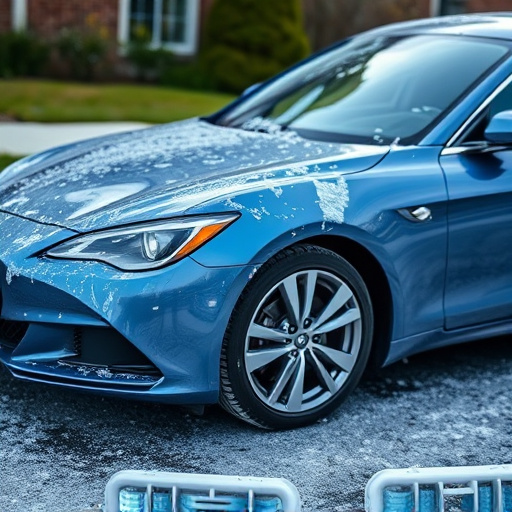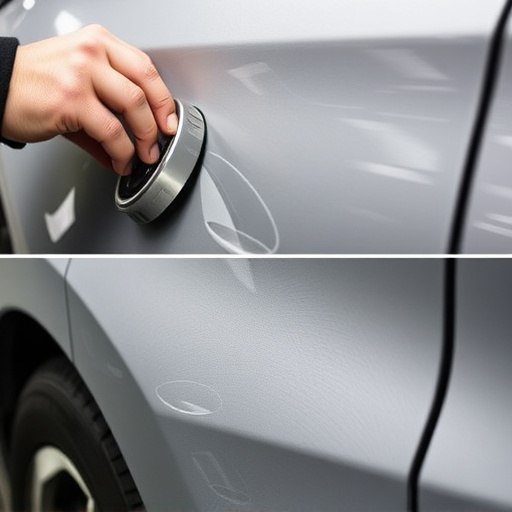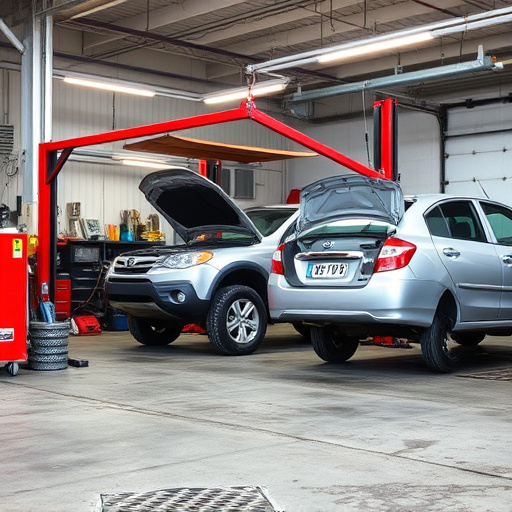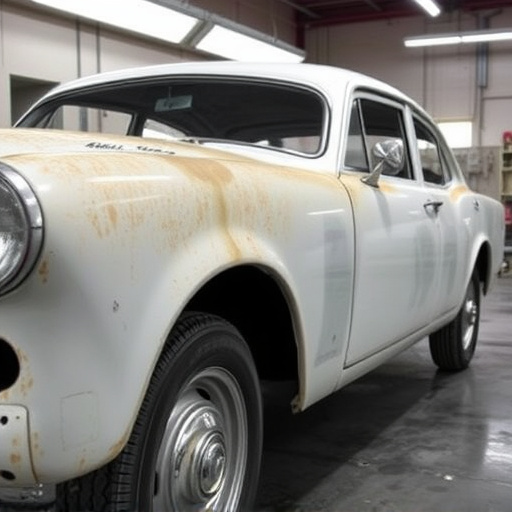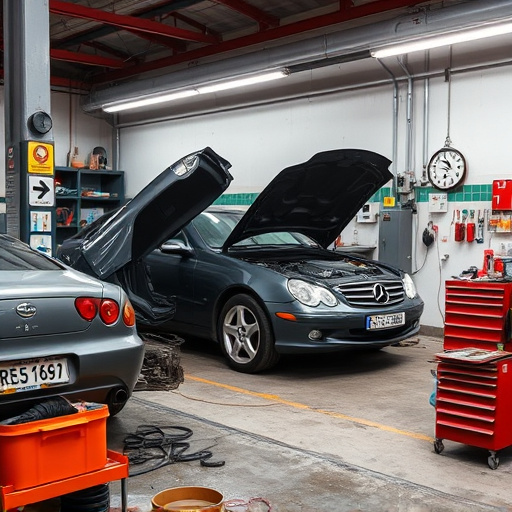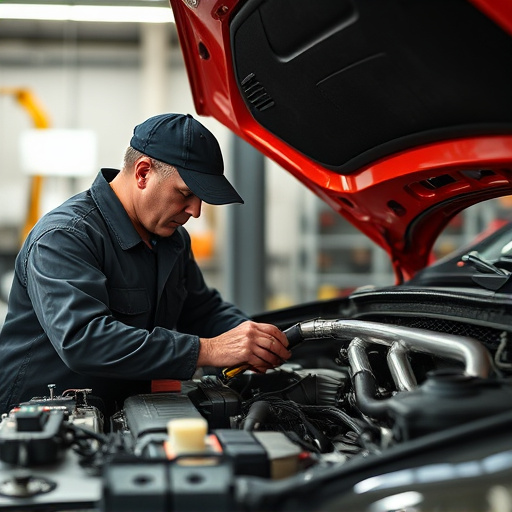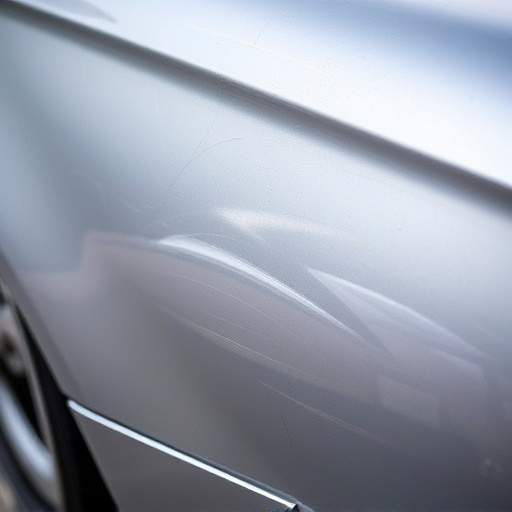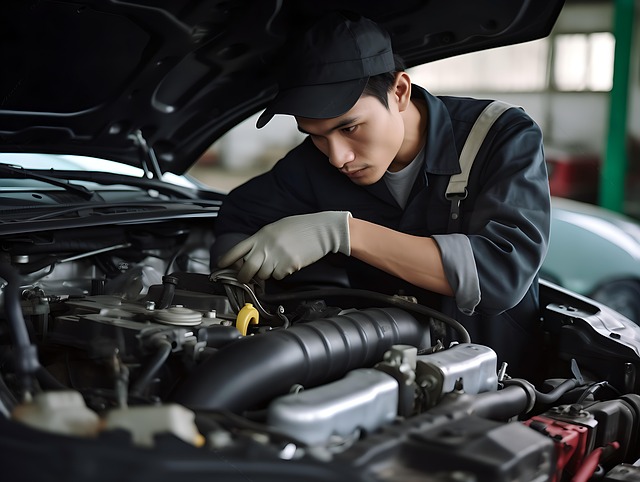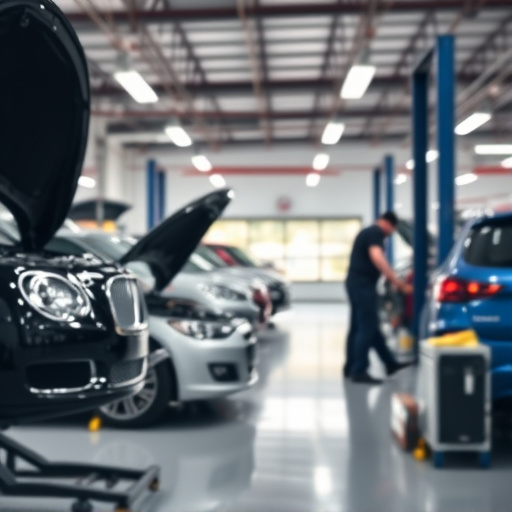Repairs can lead to "diminished value after repair," where vehicles lose market value post-fix due to costs, alterations, and perceived buyer concerns. Technological advancements offer transparency in pricing and online platforms for consumers and repair shops. Innovations in repair techniques minimize aesthetic damage and preserve pre-incident values. Auto manufacturers use high-quality materials and detailed documentation to combat diminished value, ensuring repairs align with market value.
In the ever-evolving auto industry, understanding the concept of diminished value after repair is crucial for both consumers and dealers. This phenomenon refers to the loss in vehicle value post-repair, which can significantly impact resale prices. With technological advancements accelerating, predicting and managing this decrement has become more complex. This article explores strategies to mitigate the effects of diminished value after repair while shedding light on how technology is reshaping the landscape. From digital solutions to enhanced repairs, discover insights into navigating this intricate aspect of the automotive market.
- Understanding Diminished Value After Repair
- Impact of Technology on Post-Repair Depreciation
- Strategies to Mitigate and Manage Diminished Value
Understanding Diminished Value After Repair
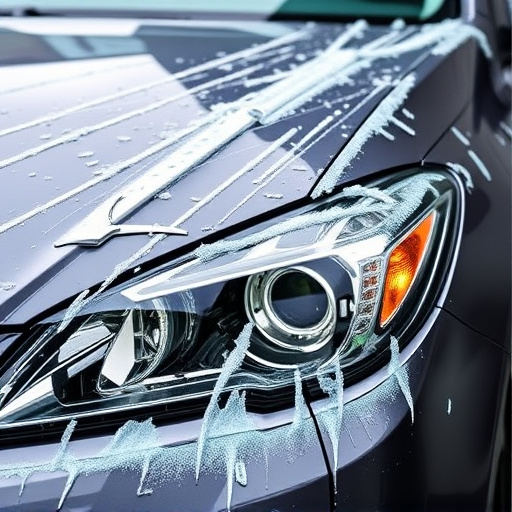
After a vehicle undergoes repair, whether for major damages or routine maintenance like auto painting and dent repair, it often faces what’s known as “diminished value after repair.” This term refers to the decrease in a car’s overall market value post-repair, compared to its pre-damage state. Several factors contribute to this diminished value, including the cost of repairs, changes to the vehicle’s original condition, and perceived potential issues by prospective buyers.
For instance, auto maintenance procedures like engine overhauls or complex electrical system fixes might enhance a car’s performance, but they also signal to buyers that the vehicle has historically faced significant problems. Similarly, while auto painting can restore a car’s aesthetic appeal, it may not fully recapture its original value, especially if the paint job is not flawless. Diminished value after repair is a critical consideration for both automakers and consumers, impacting everything from insurance claims to resales and inspiring ongoing discussions on fair compensation practices within the industry.
Impact of Technology on Post-Repair Depreciation
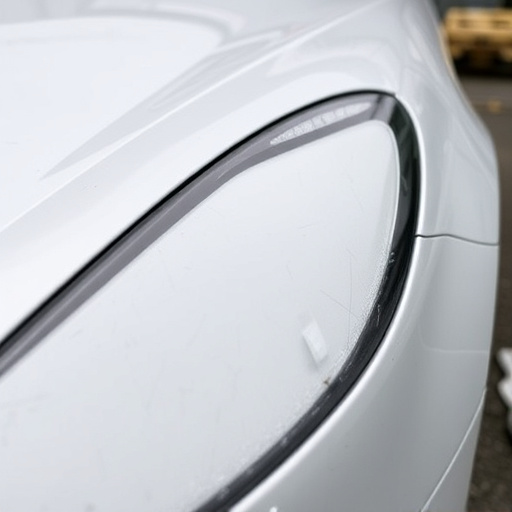
The auto industry is undergoing a significant transformation driven by technological advancements, which are profoundly impacting how vehicles depreciate after repairs. Modern digital tools and online platforms now facilitate transparent pricing and real-time market data access for both consumers and repair shops. This newfound transparency helps to mitigate the traditional guesswork around diminished value after repair, empowering buyers to make informed decisions when choosing restoration options.
Additionally, advancements in repair techniques, such as precise laser welding and sophisticated paint matching algorithms, ensure that post-repair vehicles retain a higher level of aesthetic integrity. This is particularly relevant for services like scratch repair and vehicle dent repair, where technological innovations minimize the visual impact of damage, thereby preserving a greater portion of the vehicle’s pre-incident value. Even tire services benefit from this trend, as high-tech equipment allows for more accurate replacements, reducing overall depreciation concerns.
Strategies to Mitigate and Manage Diminished Value
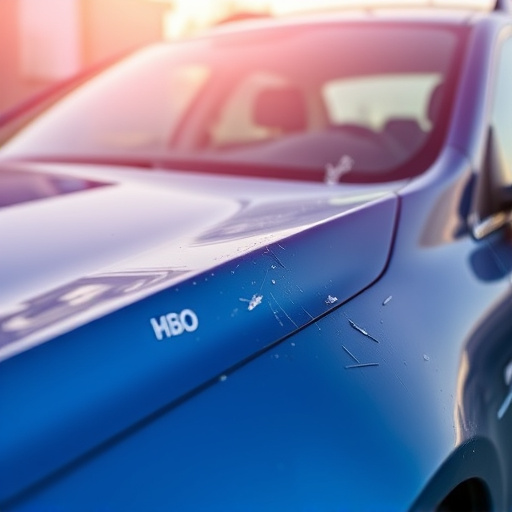
To mitigate and manage diminished value after repair, auto manufacturers and service centers are adopting advanced strategies. One key approach involves utilizing high-quality materials and techniques during vehicle collision repair, car paint repair, and bumper repair processes. This ensures that the restored vehicle retains its original aesthetic appeal, minimizing perceived depreciation.
Additionally, comprehensive documentation of repair procedures and before-and-after comparisons can significantly help in justifying the value of a repaired vehicle. Digital records, including photos and detailed work logs, not only protect the consumer but also serve as evidence should any future claims of diminished value arise. These strategies collectively contribute to bridging the gap between the cost of repairs and the perceived market value post-reparation.
The auto industry’s landscape is evolving, and understanding diminished value after repair is crucial for both consumers and dealers. With technology advancing rapidly, digital records and transparency are key to mitigating the impact of post-repair depreciation. Implementing strategic practices that emphasize quality repairs, clear communication, and efficient inventory management can help minimize the loss in vehicle value. By staying informed about these trends, industry professionals can navigate the future of diminished value, ensuring fair transactions and a sustainable market.

